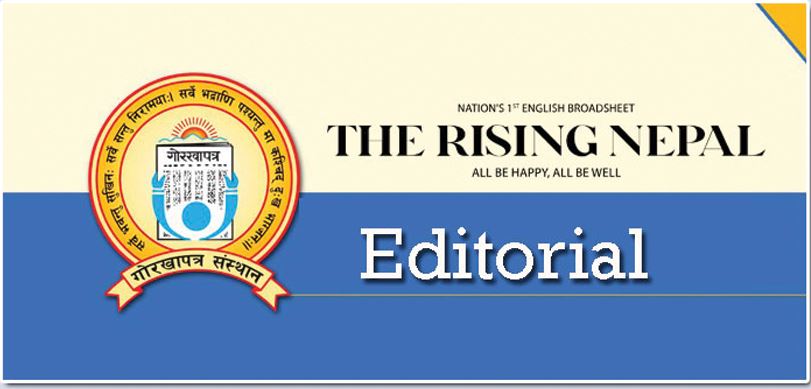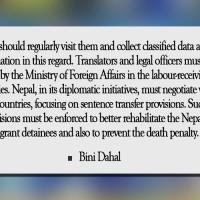- Friday, 9 May 2025
Diplomats Foster Tourism
Tourism is a powerful sector for diplomacy and development, not just a matter of travel. The di-rect engagement of the envoys with local culture, traditions, and communities builds a strong bond. A recent informal visit by foreign diplomats to eastern Nepal’s tea-producing hills shows a strong example of how diplomacy can blend with tourism promotion. Such initiatives open new opportunities for cooperation, investment and sustainable development. During the visit of dip-lomats in Ilam’s Suryodaya Municipality, they participated in tea plucking, tasting sessions and cultural performances. Such initiatives highlight how tourism and cultural exchange can be uti-lised in building international goodwill.
The dignitaries experienced the sunrise views on misty hills. They experienced in-hand tea pluck-ing in the lush gardens of Ilam. By engaging in the process, from leaf to cup, such an event creat-ed a genuine connection to Nepal’s prized export. The follow-up plan to send the processed tea pack as a souvenir is a smart way of branding. The diplomats will carry an experience of tea gar-dening at home. Such initiatives prove that tourism in Nepal need not rely solely on high-altitude treks, mountaineering, heritage sites and religious purposes. With the right strategic plans, lesser-known places can be developed as meaningful destinations. Such visiting sites will be the centre of attraction for visitors and support local economies by creating jobs, increasing demand for lo-cal products and encouraging investments.
Places like Antu and Kanyam have rich stories, eye-catching landscapes and offer warm hospital-ity. It can appeal to both domestic and international tourists who want different tastes in explor-ing new places. Such places need proper exposure and promotion. However, continuous effort is always essential. One-time visitors are not enough to bring lasting change in such promising plac-es. It requires continuous investment in better infrastructure, skilled tourism services, improved accessibility, and sustainable environmental care. A brief cultural programme and quick cleanups during visits of high-profile figures help create positive impressions, but they are not enough to attract repeat visitors or create lasting tourism impressions. In order to unlock these areas for gen-eral tourism, there must be a consistent and community-based approach.
While diplomatic visits are important, these efforts must not be limited to high profiles. The cam-paign should be held targeting travellers, tea enthusiasts, researchers and eco-tourists. Local products, including tea, cheese, cardamom and ginger, can be tied to a larger strategy of promot-ing Nepal as a destination where nature, culture and flavour intersect. At a time when global con-sumers are seeking authentic, ethical and eco-friendly experiences, Nepal can provide all the right ingredients. All it needed was a consistent recipe.
Eco-friendly tourism can indeed be a foundation of development. It requires community en-gagement, inclusiveness and an environmentally friendly atmosphere. To continue such efforts, each and every visitor should have the same experience of plucking and tasting. Nepal has the potential to show that diplomacy can be expressed through a smile and a cup of tea. These ges-tures are important for creating meaningful connections and everlasting memories. It's high time to turn those experiences into sustainable opportunities that benefit both visitors and local com-munities. The trip of 45 dignitaries, including 15 ambassadors from Kathmandu-based missions to the scenic site in the east of Nepal, essentially adds vigour to the public diplomacy, which has been an effective component in promoting national interest and international relations.
















